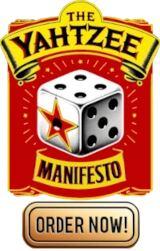Yahtzee Incorporated
The success of Yahtzee is due to the love of its players but the game wouldn’t be where it is today without steady corporate leadership working to turn a profit. Creator Edwin S. Lowe’s guiding vision was realized in 1956 when Yahtzee was first released commercially. Today it generates billions of dollars for our corporate overlords. Learn more about the origins of these elitist masters and the joy they bring through gaming to billions of people worldwide.
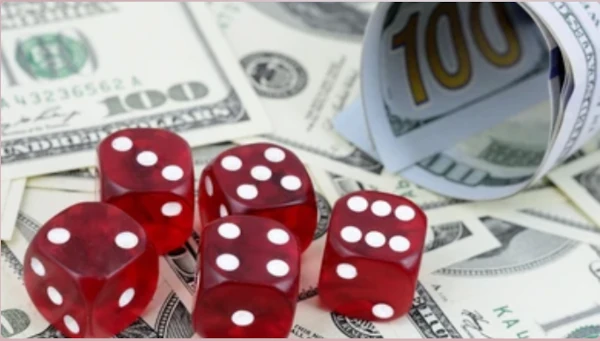
Sales of Yahtzee continue a steady rise worldwide, providing a rare of ray of light in an otherwise dim economic outlook. The game’s current corporate owner, Hasbro (HAS), reports that a reliable 50 million sets are sold every year. And through clever licensing deals, Yahtzee has managed to proliferate in products far removed from the classic tabletop version, including an explosion in electronic and online Yahtzee. In 2020 for example, the superstar mobile app Yahtzee With Buddies hit the $500 million mark in lifetime revenue. When you figure in the full kaleidoscope of ways that the brand generates money, billions more will be added to that impressive tally.
Yahtzee-generated income increased sharply during the pandemic as more people have stayed home. And board game receipts in general actually tend to rise during economic downturns as other forms of entertainment become too expensive. Quite simply, Yahtzee is a global economic phenomenon like no other tabletop game in history. This owes to its immense popularity among people of all ages and backgrounds, but also to the steady corporate leadership that converts its capital into nourishing Yahtzee for the masses.
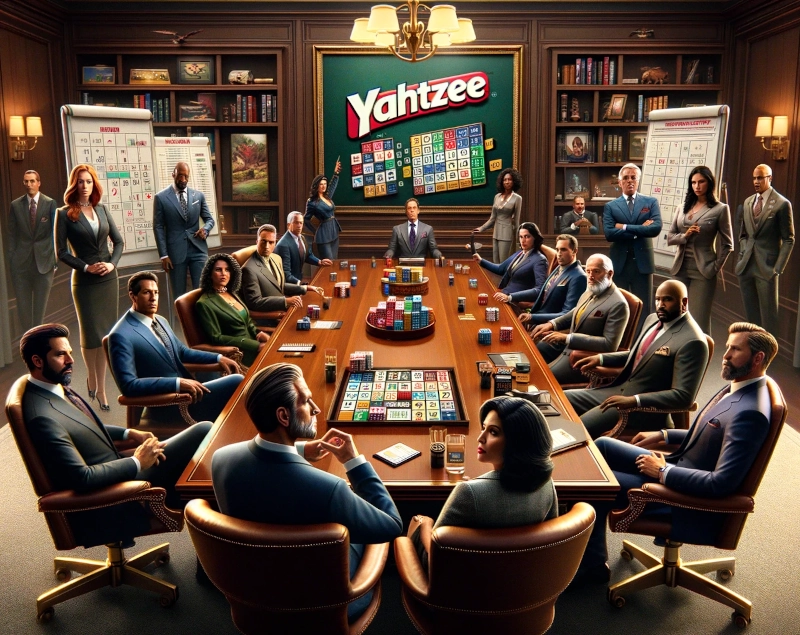
Yahtzee’s recent history, like most of the global economy, has seen turmoil. Markets are being upended, at a level possibly never seen before. But the world’s favorite dice game has not only weathered the economic downturn, but prospered even in the face of supply chain disaster. Nothing, it seems can keep this game down as Yahtzee’s popularity continues to soar, even in these uncertain times. But what happens next is anyone’s guess. To help predict where the game will go in the future, let’s take a look back at the foundational figures that got Yahtzee to where it is today.
In the Beginning. . .
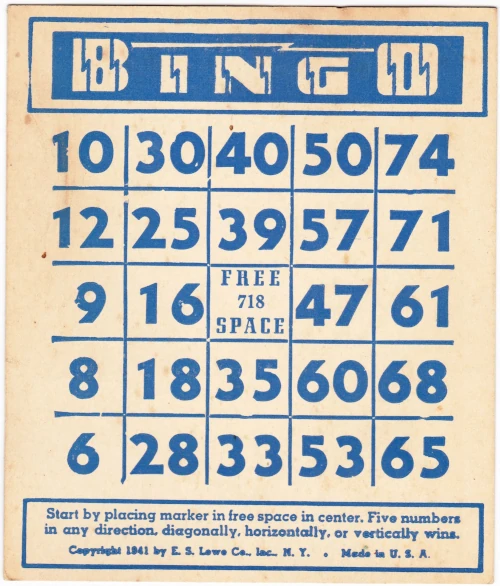
When we think of corporate visionaries, certain names spring to mind: Steve Jobs, Thomas Edison, Elon Musk, Walt Disney. But the greatest innovator of them all is not a household name. Edwin S. Lowe, the man who popularized modern Yahtzee, has rightfully earned a place in the pantheon of corporate genius. From humble beginnings selling games door-to-door, Lowe’s dice-inspired legacy is worth billions today. And more importantly, his many contributions to the world of gaming have put smiles on the faces of generations of gamers.
Edwin S. Lowe, at the age of 18, immigrated to the U.S. from Poland with his family in 1928. As the Great Depression took hold, he found work as a traveling salesman. On a trip to Georgia the following year, his eyes were opened to the wide world of gaming probability on a visit to a local county fair. He encountered a booth where people paid a nickel to play a game called Beano, which involved covering a numbered card with beans. The probabilities were modest – only 12 cards and 12 potential number combinations – but Lowe was looking much further. He chatted up the booth operator and managed to buy a few of the game cards.
When he returned to his home in Brooklyn, New York, he introduced the game to a group of friends. It proved to be a hit, although one player kept yelling “Bingo!” instead of “Beano!” when she got a winning card. Bingo immediately appealed to Lowe’s natural sense of branding and the name stuck. He decided to market the game commercially under his fledgling toy and game business, the E.S. Lowe Company. Years later, he recalled how the game’s re-brand changed the course of his career: “I cannot describe the sense of elation which that girl’s cry brought to me, all I could think of was that I was going to come out with this game and I was going to call it Bingo.”
His first business venture into the gaming world would prove to be a major success, as Bingo quickly became an ubiquitous staple in American schools and churches. By 1934, an estimated 10,000 bingo games were being played across the country each week. The E. S. Lowe Company employed 1,000 workers to crank out new Bingo game cards, which initially were released as 24-card sets. With the assistance of a Columbia University mathematician, the company came up with new 6,000 Bingo cards, all with non-repeating number combinations. The game’s popularity soared as a result, teaching Lowe a valuable lesson: greater possibilities lead to greater outcomes.
Let There Be Light
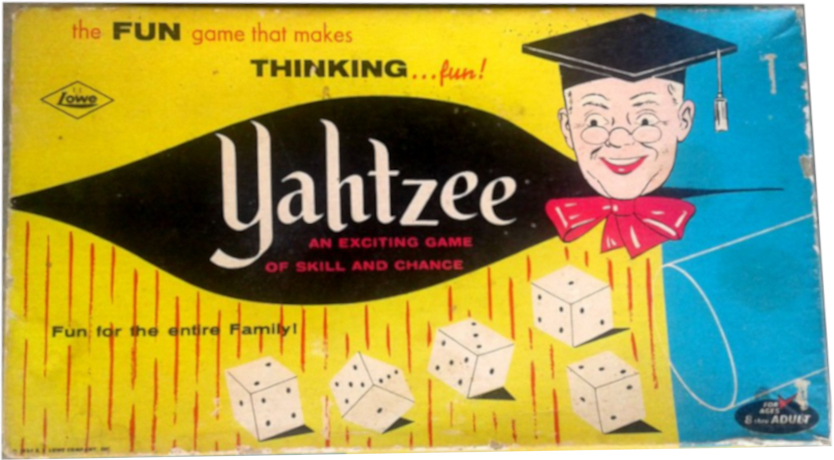
Who makes Yahtzee? Yahtzee’s early corporate history arouses images of a booming 1950’s post-war America. The game exemplifies the high-tech, cutting edge design of those heady days. But like with most great inventions, Yahtzee sprung from a simple idea and only bore fruit after years of hard work and determination. His way having been paved by Bingo, Edwin Lowe’s games company was well poised to achieve bigger and better things. That potential was realized in 1956 with the creation of Yahtzee.
Lowe was visited by two angelic figures who needed his help to spread the good word. They turned out to be a couple of wealthy Canadians who had developed a dice-based game to play on their yacht. It was called, naturally, The Yacht Game. Much like when he had re-branded Bingo, he sensed an opportunity. The cherubic Canadians granted Lowe a parting gift: the rights to what would soon be known as Yahtzee. In exchange, they asked only for 1,000 Yahtzee sets to distribute among their friends and family. It turned out to be the very first mass-produced production run in Yahtzee history. Those first thousand games would grow to over 40 million sets having been sold under the corporate leadership of the E.S. Lowe Company.
Lowe knew that Yahtzee’s greatest strength was its mathematical foundation and the diversity of probabilities that flowed through the game. One of his greatest insights was to recognize the growth potential that lay hidden within these vast statistical likelihoods. Yahtzee simply couldn’t be contained by five dice and doing things the way they’d always been done. Triple Yahtzee was the first sprout on the vine of diversity, opening the door to the whole new world in tabletop gaming. But Edwin Lowe was a renaissance man. His interests weren’t restrained to gaming alone. Feeling the time had come to branch ever further into new ventures, he sold the E.S. Lowe Company to Milton Bradley in 1973.
The deal fetched $26 million (about $174 million today) and allowed Lowe to pursue his other interests, like real estate and theater. He produced plays on Broadway and opened a hotel on the Las Vegas strip. But the company he founded continued to flourish under new ownership. The E.S. Lowe Company, founder of two American classics like Bingo and Yahtzee, is most commonly remembered as a producer of high quality chess sets. The company also sold checkers, Mahjong, Go, cribbage, and backgammon sets, along with a variety of others. But Yahtzee is undoubtedly the pinnacle of Lowe’s legendary career as a board game innovator. He surely never imagined the global multi-billion dollar juggernaut that his game would one day become, but his legacy grows with each new generation of dice roller.
Mergers and Acquisitions
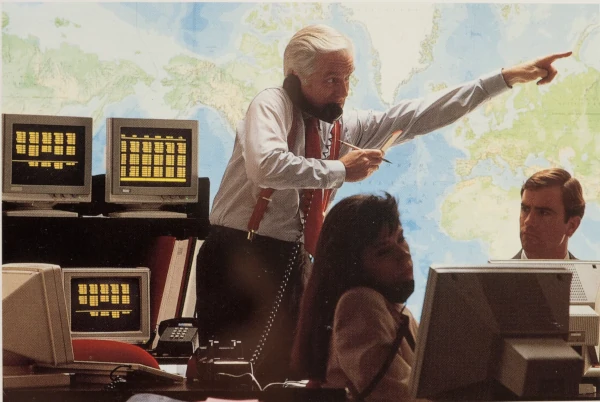
The E.S. Lowe name lived on for years as a brand under Milton Bradley’s corporate structure. And no wonder. In the two years since its acquisition in 1973, E.S. Lowe’s annual sales had nearly quadrupled from $6 million to about $23 million. This was due, in part, to increased sales of chess sets as the Fischer-Spassky World Championship of 1972 had ignited the game’s popularity.
At this time, the Milton Bradley business model was to gobble up smaller competitors, adding their distinctiveness to the corporate conglomerate. The company had learned that it was much more profitable to purchase someone else’s game and re-market it rather than developing a new game in-house. But it hadn’t always been so. In fact, the company rose to prominence on the back of a wholly unique product.
Founded in 1860 by Milton Bradley himself, the games company found early success selling games to bored soldiers during the American Civil War. But along with staples like chess, checkers, and backgammon, Bradley also sold a board game of his own design, “The Checkered Game of Life”. The name was later shortened to “Life”, and became a smash hit and instant board game classic. Bradley went on to play a prominent role in the early kindergarten movement, promoting and developing games that could be used for learning. Although he wouldn’t live to see Yahtzee join his company’s stable of games, he would no doubt take pride in its winning combination of enjoyable pastime enmeshed with learning.
In 1967, James Shea Jr. took over as president of Milton Bradley and became CEO the following year. It was during his tenure that Milton Bradley bought the E.S. Lowe Company. Meanwhile, the games market continued to evolve. Newfangled products such as Simon and Microvision, the world’s first handheld cartridge-based console, took advantage of a growing electronic gaming fad and helped lay the groundwork for online Yahtzee.
The acquisitions market was red hot by the 1980s and all games makers were fair play. As it turned out, Milton Bradley, at the time the nation’s fifth best-selling toymaker, was bought out by Hasbro, the sixth best-seller. The deal was settled in 1984 and the results were near instantaneous. In only a few years the revamped corporate powerhouse overtook Mattel to become the world's largest toy company on Earth.
The Milton Bradley brand was ultimately retired in 2009. Yahtzee, of course, continued to thrive under the Hasbro brand.
Market Expansion
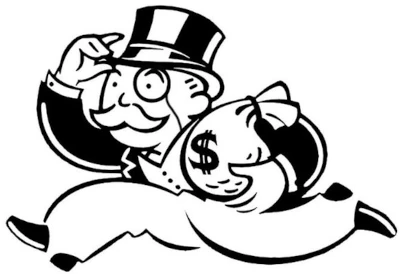
Like any capitalist enterprise worth its salt, Hasbro sought to extend its profits through continuous growth. Following the vision of Edwin Lowe to spread Yahtzee far and wide, and in whatever form possible, the company released new variant games. Some turned out to be duds – I’m looking at you Showdown Yahtzee – but others became valuable new revenue streams.
Yahtzee had a digital presence on even the earliest electronic devices so it’s no surprise that it continued to spread under Hasbro. A software division, Hasbro Interactive, was started in 1995 and released a Yahtzee game on CD-ROM. It ushered in a new cadre of PC gamer to the constantly evolving electronic Yahtzee landscape.
Even the virtual tabletop proved insufficient to Yahtzee’s growing appetite as it moved into entirely new business opportunities. In 1988, for example, Yahtzee hit the small screen as a dice-rolling game show. The show was fresh and exciting and hosted by the ever-charming Peter Marshall. But it lasted less than a year, brought down by a feud among executives over the show’s continued funding. It ended in disgrace with the arrest of two of the producers and a trail of lawsuits. Although a small blemish on Yahtzee’s seductive face, the game’s failure was a success in proving that Yahtzee could exist away from the gaming table.
Following the eye-watering $522 million acquisition of the Power Rangers television and toy brand in 2018, Hasbro was ranked the third largest toy company in the world after Namco Bandai and LEGO. In 2020, Hasbro generated net revenues amounting to approximately $5.47 billion. This constitutes the company’s highest operating revenue within the last 14 years. Sales of toys and games in the United States experienced double-digit growth every month from March to June 2020 during the coronavirus pandemic that forced households across the globe to stay at home.
Yahtzee was a steady seller and reliable contributor to Hasbro’s board games division but other products helped to lower its overall growth in this recent period. Other strong performers like Dungeons & Dragons and Connect 4 were hampered by underachievers such as Pie Face and Duel Masters. Hasbro Gaming revenues decreased in the U.S. and and International segments, but increased in the Entertainment, Licensing and Digital segment, showing that further diversification and more third-party dealing helps the bottom line.
Corporate Yahtzee Today
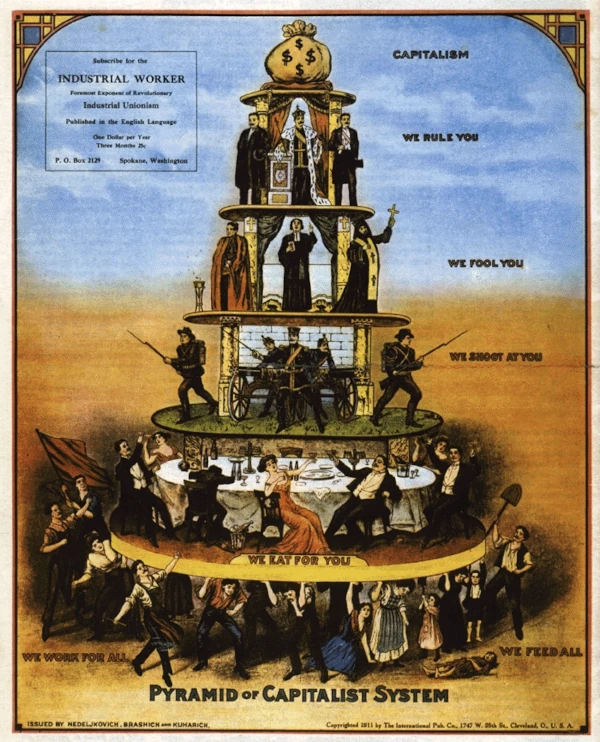
It’s hard to go wrong wrong with Yahtzee – the game is so delightful! But a strong capitalist governance hierarchy is required to ensure stability and growth. The economic hellscape of 2022 remains challenging but Yahtzee’s enduring challenge drives its continued popularity. As such, corporate Yahtzee today is on a steady path to future success.
A weaker-than-expected earnings report and risk of further losses over stopped shipments to Russia have nudged Hasbro into a planned price hike on its toys and games in 2022. Revenue grew at a 4% clip year over year from 2021 but the steady growth was nevertheless weaker than expected. The lower profits are due in large part to the rising cost of supplies like plastics needed to make dice, cups, and other game parts. Supply chain disruptions continue to disrupt global markets as the world’s economy tries to rouse itself from a pandemic slumber. Hasbro is expecting to lose around $100 million from the loss of its Russian buyer, as geopolitical tensions reap a real-world impact on gamers in the 2020s.
It’s hard to see how these corporations can justify raising prices on the consumer despite record profits and blaming it on inflation. It’s just an excuse to make another buck off the little guy, nickel and diming us into fiscal oblivion. But these capitalist power structures exist only to consume and expand in an exponential cycle toward inevitable total resource degradation. It’s time to defeat the corporate power systems that suck the workers dry to line their fat pockets. You can start by rounding up five dice and making your own Yahtzee set! Beware how they may try to divide us, the Yahtzee proletariat. We remain united in dice, my fellow rollers!

